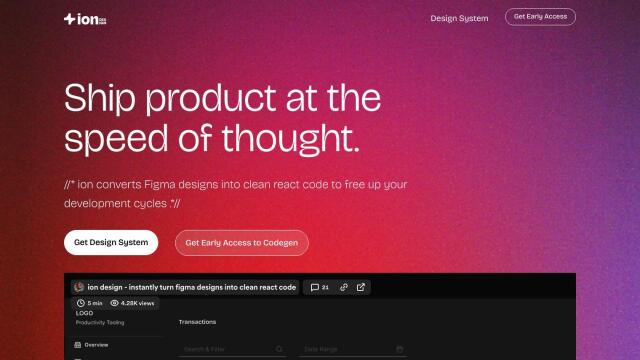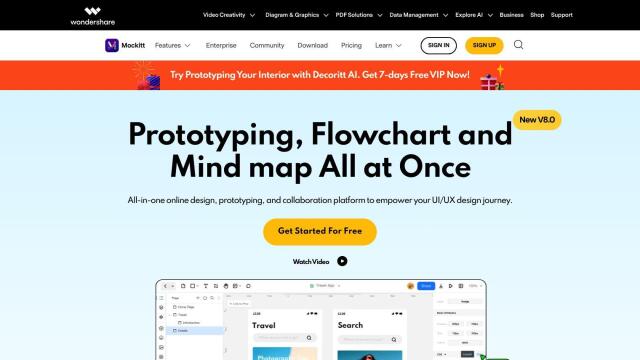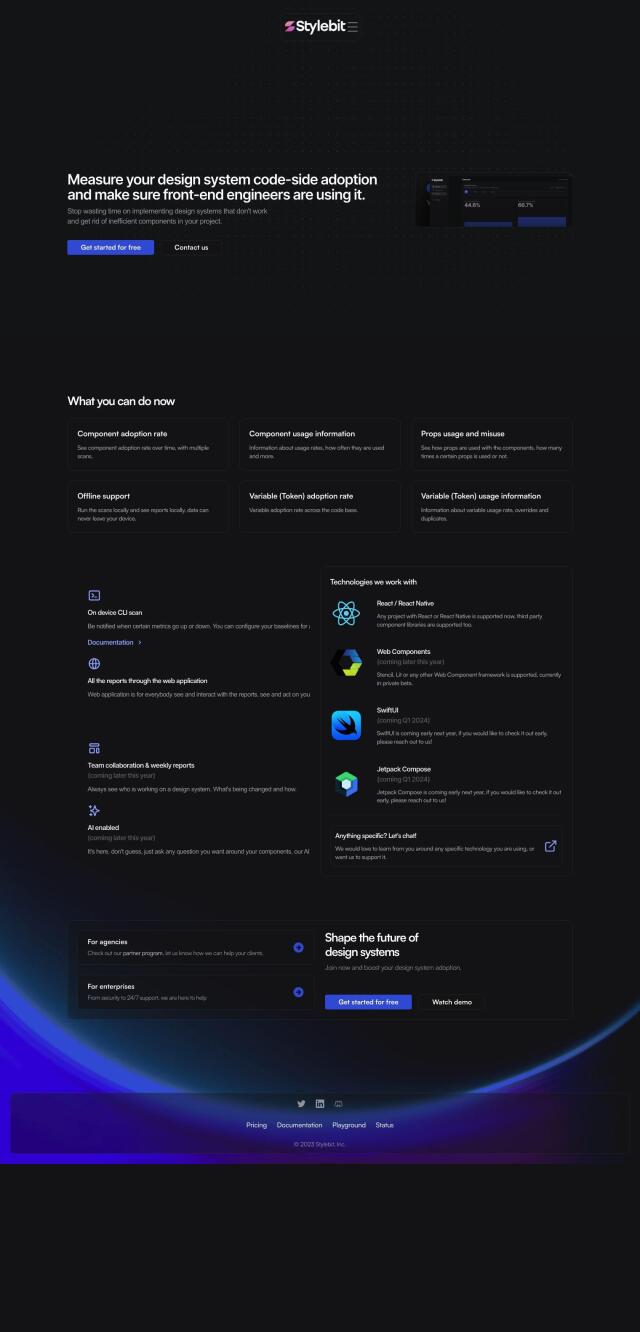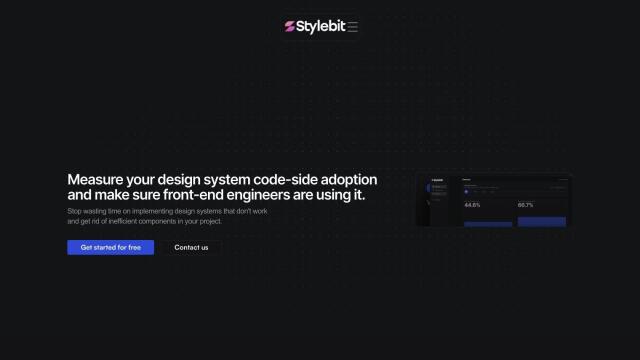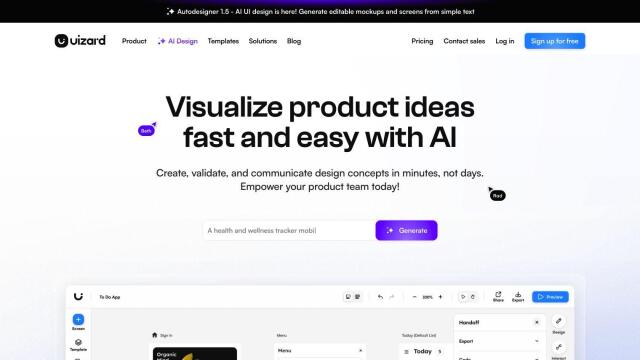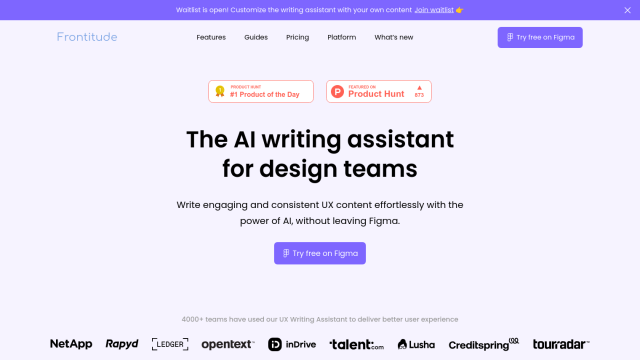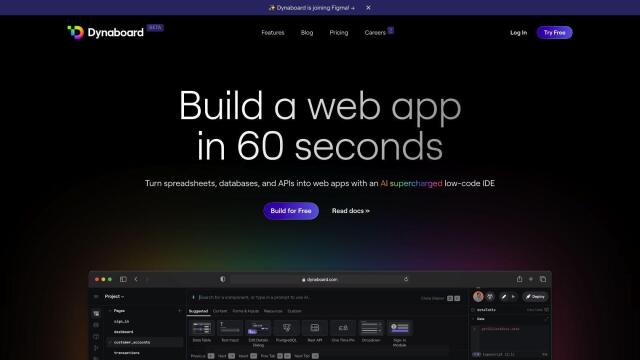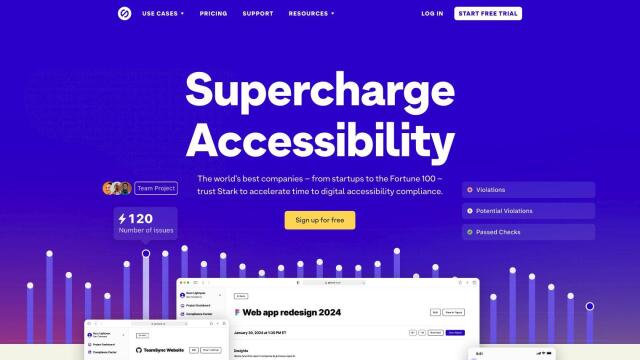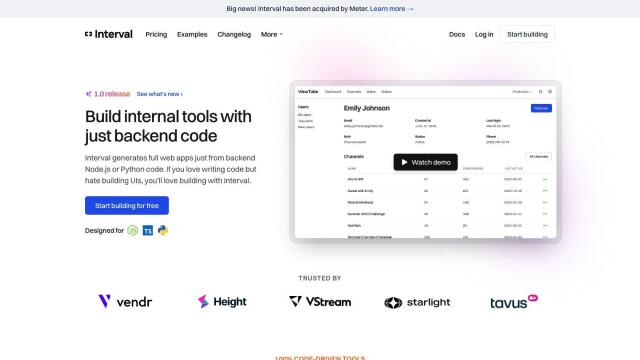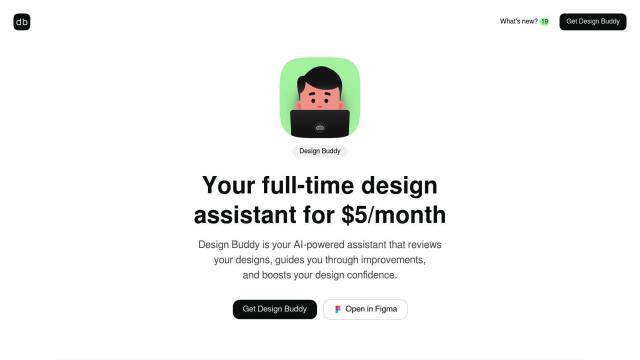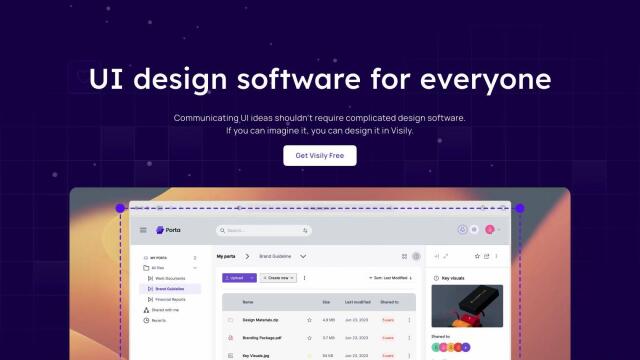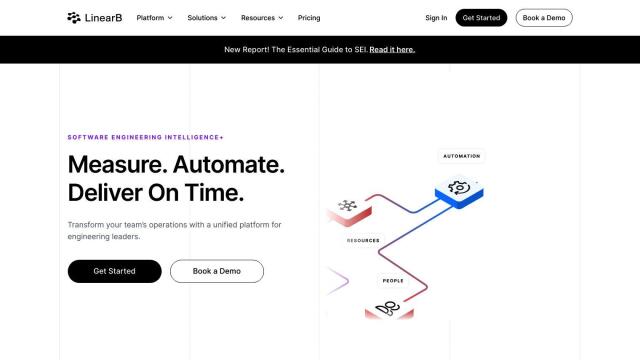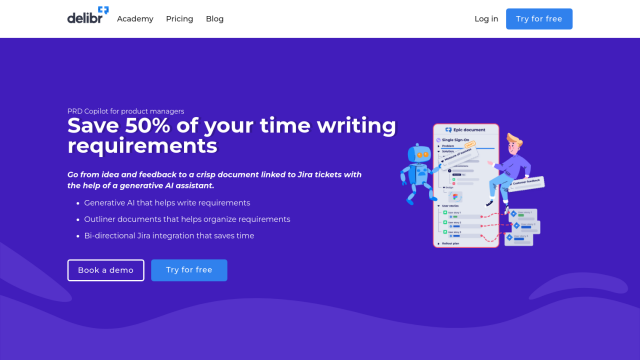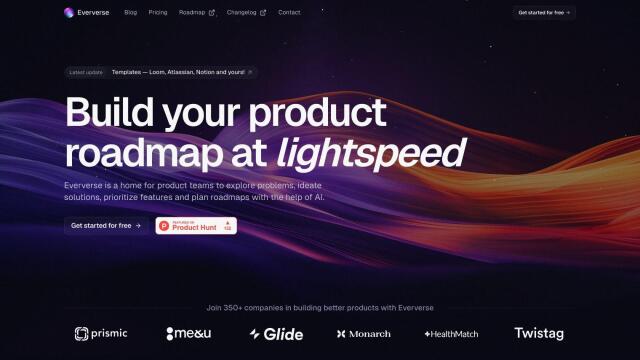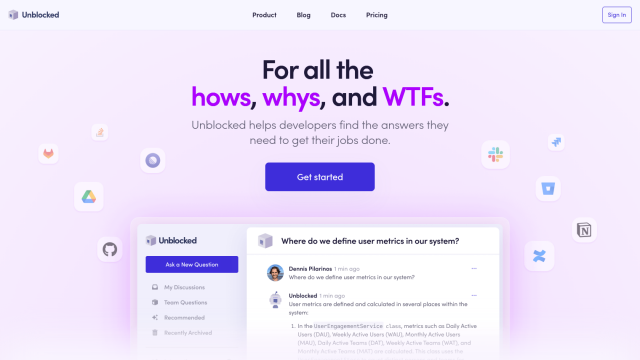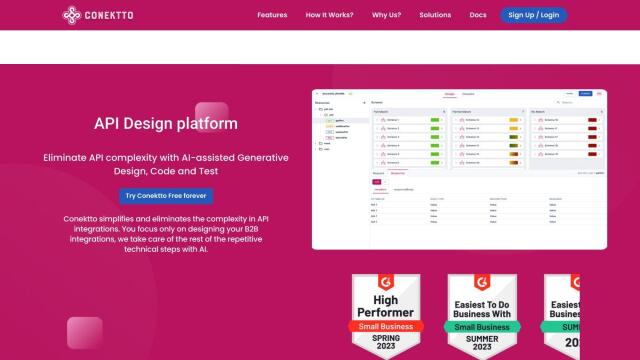Question: I'm looking for a solution that bridges the gap between design and development teams, ensuring consistency in implementation.
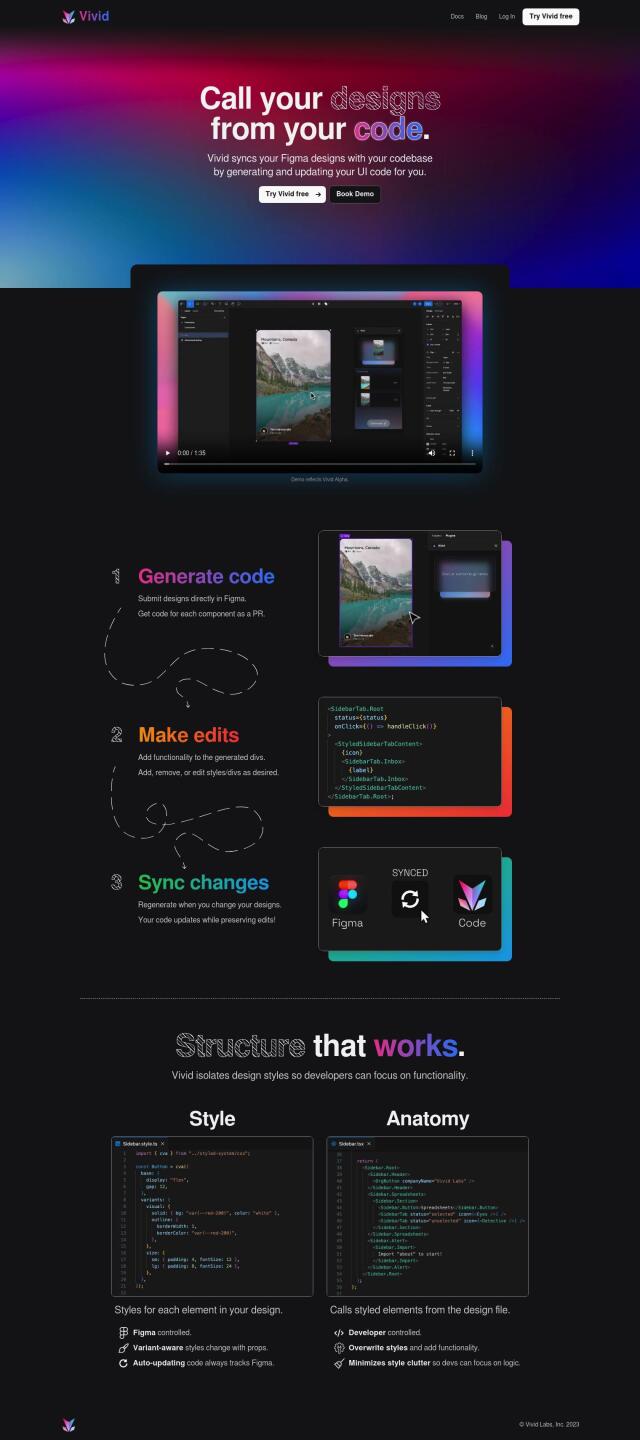
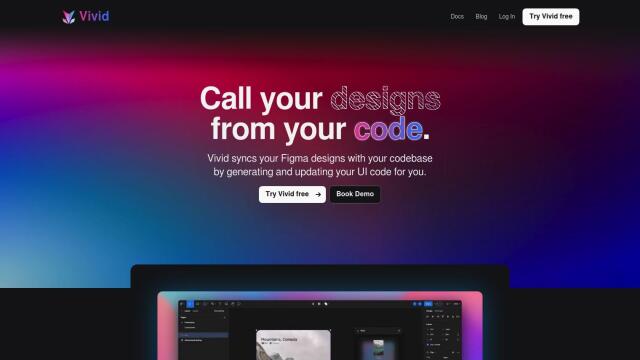
Vivid
If you're looking for a tool that spans the design and development divide, ensuring that the two teams are on the same page when it comes to implementation, Vivid is a great option. Vivid is an information retrieval system that links Figma designs to codebases, automatically generating UI code and keeping it up to date. This means that design changes are propagated to the codebase without human intervention. Some of its key features include Figma-controlled style management that updates automatically and an anatomy system for developers to focus on logic while keeping styles organized.
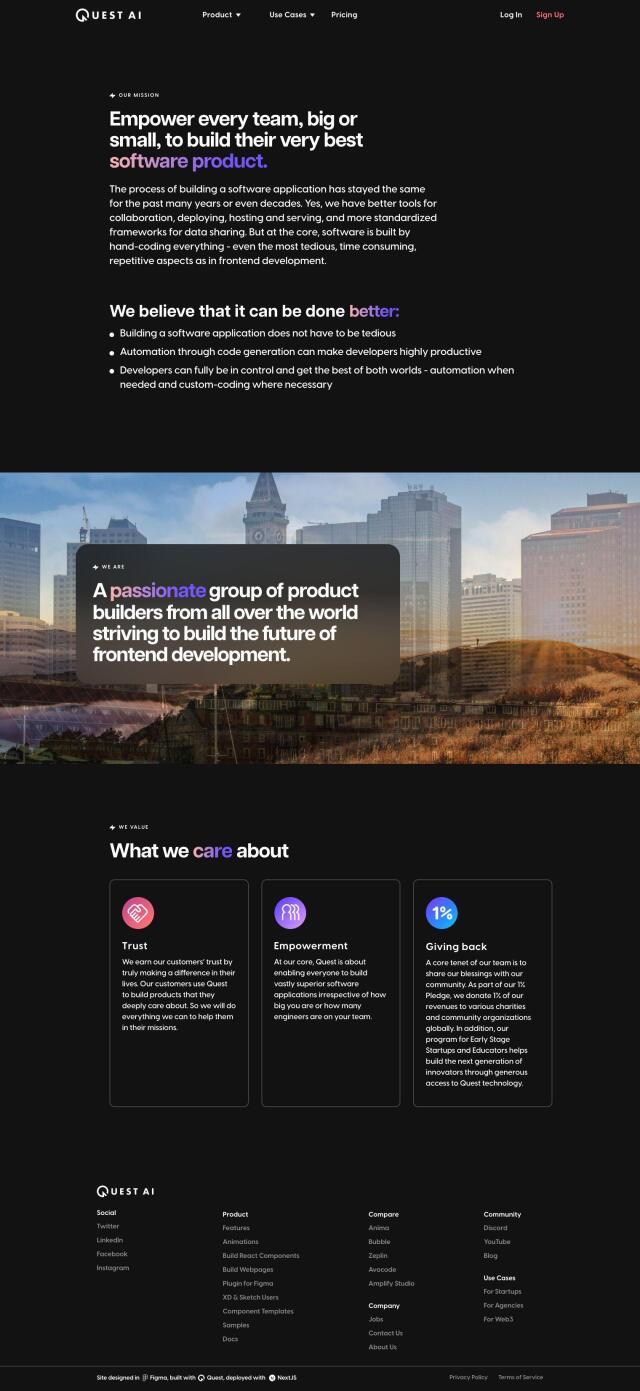
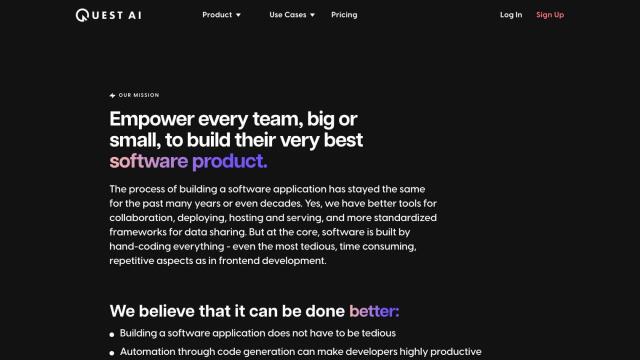
Quest
Another option is Quest. It lets developers convert Figma designs into React components, building responsive, multi-screen experiences with clean, modular code. Quest uses AI models to generate code, supports design systems and component libraries, and includes tools for animation, clean code, and version control. It's geared for development teams that need to work efficiently and get projects up and running quickly with a range of templates and components.
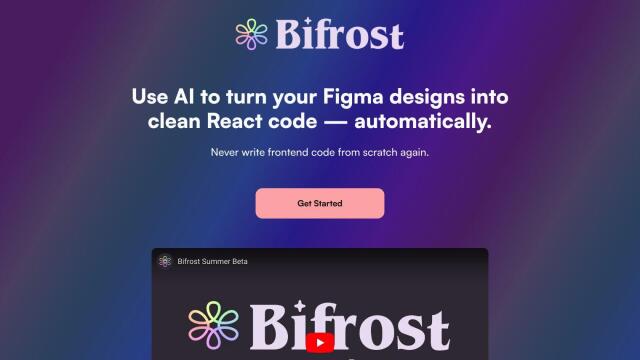
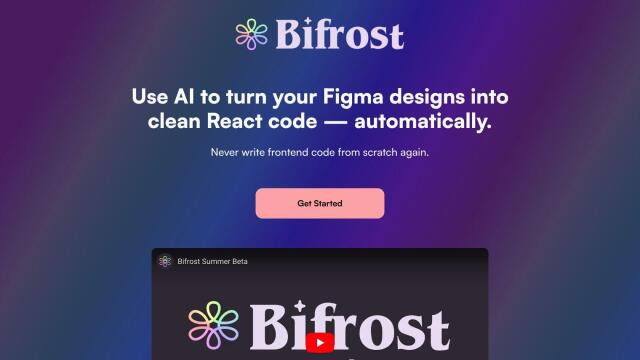
Bifrost
Bifrost is another AI-powered tool that converts Figma designs into clean, type-safe, and conditionally rendered React code. It supports popular frameworks like Tailwind and Chakra, and lets you update components even after adding custom logic. By automating the design-to-code process, Bifrost lets developers focus on high-impact features and designers focus on efficient updates, not tedious coding work, and speeds up development cycles.

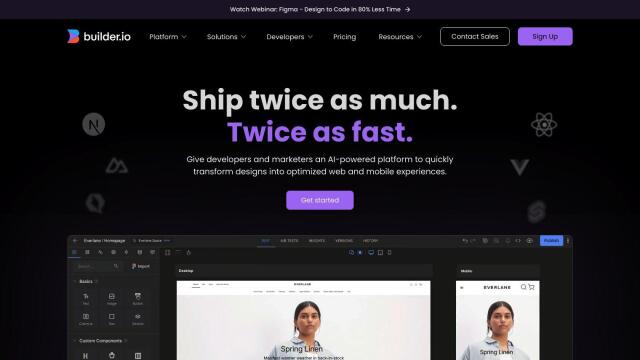
Builder.io
Last, Builder.io offers a collection of tools for developers and marketers to convert designs into web and mobile experiences as fast as possible. It includes a Visual Copilot that refines AI-generated code, a drag-and-drop visual editor for real-time collaboration, and support for frameworks like React, Vue and Angular. The service is designed to help teams work better together and deliver digital experiences faster, so it's a good fit for teams looking to accelerate their development workflow.





